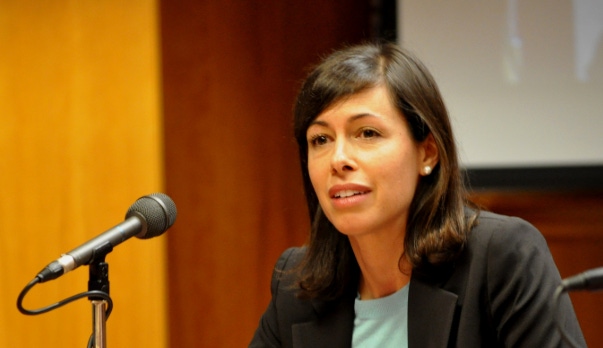With yesteryears plan for driverless cars offering zero progress, FCC Commissioner Jessica Rosenworcel has suggested a rethink of how to use the 5.9 GHz band, toying with unlicensed spectrum for next-generation wifi.
September 10, 2018

With yesteryears plan for driverless cars offering zero progress, FCC Commissioner Jessica Rosenworcel has suggested a rethink of how to use the 5.9 GHz band, toying with unlicensed spectrum for next-generation wifi.
Back in 1999, the US government set aside 75 megahertz of spectrum in the 5.9 GHz band for dedicated short range communications, DSRC, designed for cars to talk to each other in real time to help reduce accidents. Of the 260 million cars on US roads, only a few thousand are DSRC compatible as autonomous vehicles have moved beyond DSRC to operate and communicate with other vehicles. Some might suggest this initiative has been nothing short of pointless.
Failure is not necessarily a bad thing, but recognising this failure and adapting is critical. This is one of the reasons the internet players are hoovering up cash everywhere. The National Transportation Safety Board estimates it could be up to three decades before the majority of vehicles on the road have DSRC capability, so you have to wonder whether this is a case of flogging a dead horse. Other aspects of the technology world are progressing with genuine ambition, Rosenworcel is suggesting this 75 megahertz of spectrum could be better used elsewhere.
“Earlier this year, it [Congress] asked the FCC to identify 100 megahertz of spectrum below 8 GHz for unlicensed use,” said Rosenworcel. “To meet this threshold, we need to take another look at the 5.9 GHz band.
“It’s the ideal place to explore wifi expansion because it’s adjacent to an existing unlicensed band. That means we have the opportunity to introduce new wideband channels – channels that will be able to take advantage of new standards and deliver speeds even faster than 1 Gbps. In other words, this is where we can develop next generation gigabit wifi.”
Spectrum is an incredibly scarce resource, and there is little room to accommodate technologies and projects which have offer little return. This is the situation the US has found itself in with DSRC. With little to no prospects on the horizon for DSRC to make an impact, you have to wonder how long it can hold onto the precious asset.
This is of course in comparison to wifi. Right now, there are over 9 billion wifi enabled devices, a number possibly increasing by 50 billion by the end of the decade, while nearly 70% of smartphone data is carried over wifi networks. Perhaps even the telcos will support such a move to offer more spectrum for wifi. The telcos are battling against network strain, and more effective wifi could be a means to relieve some of this pressure.
Sometimes decisions are incredibly obvious, and this seems to be one of the cases.
“There is no shame in correcting course,” said Rosenworcel. “And I think it’s time to be ambitious and find a way forward that puts the 5.9 GHz band to fuller use.”
About the Author(s)
You May Also Like








.png?width=300&auto=webp&quality=80&disable=upscale)


_1.jpg?width=300&auto=webp&quality=80&disable=upscale)


.png?width=800&auto=webp&quality=80&disable=upscale)